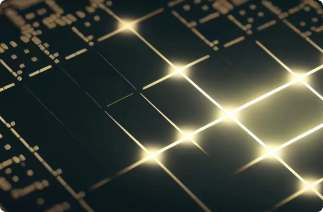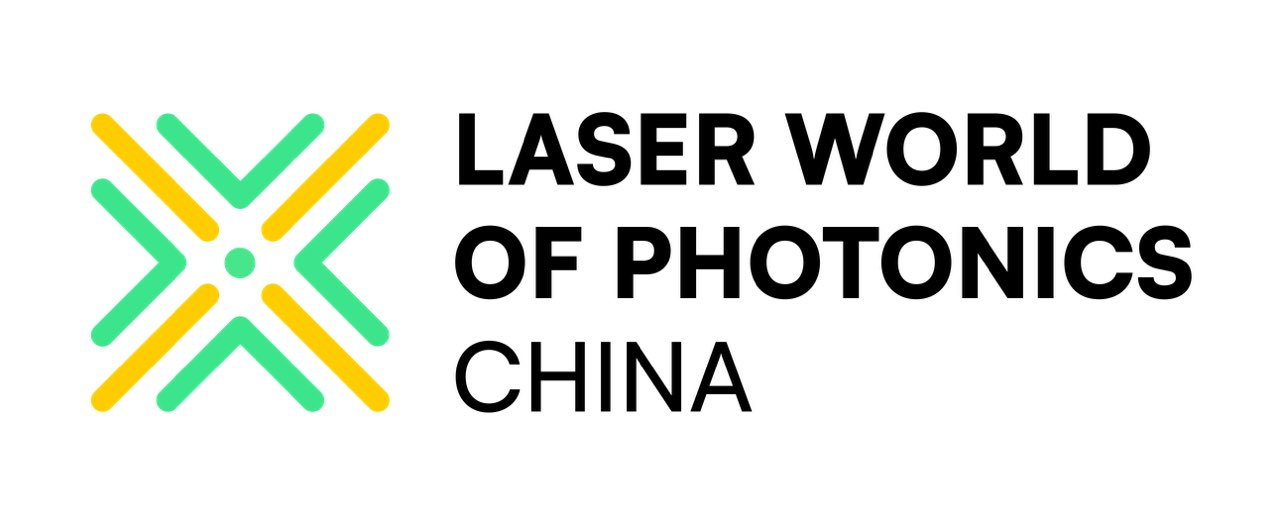Exhibition Sectors
The diverse range of exhibits at Laser World of Photonics China covers all topics that pertain to optical technologies. On the one hand, due to its unique combination of research, innovative technologies and industrial application sectors, and on the other, thanks to its extensive program of related events.
Lasers and Laser Systems for Production Engineering
Laser technology is the cornerstone of future manufacturing. Industrial laser systems deliver millimeter-level accuracy combined with superior energy efficiency, enabling faster production while reducing material and resource consumption. No other technology can match lasers in terms of accuracy, speed, and efficiency.Laser applications not only drive innovation in modern production processes but also hold the potential to become a universal manufacturing tool. With the increasing stringency of quality standards and performance demands in the automotive and aerospace industries, only state-of-the-art laser intelligent manufacturing systems can meet both current and future industrial needs.
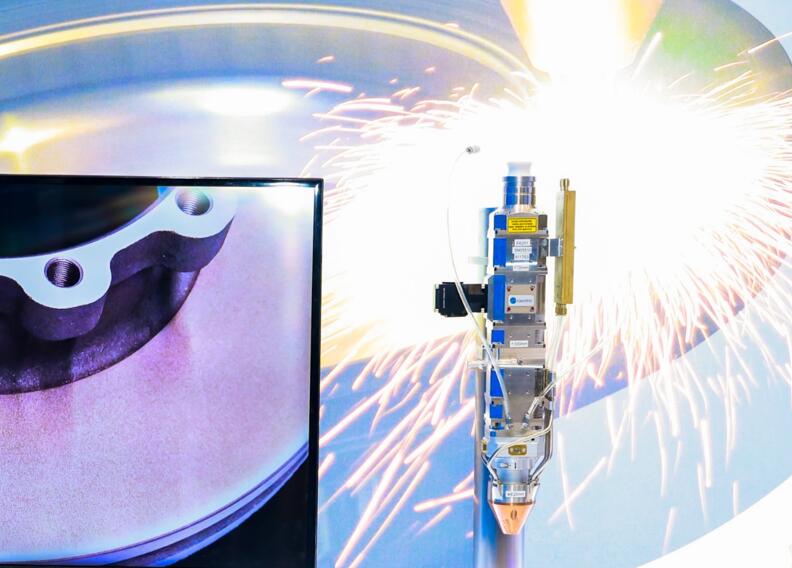
Laser and Optoelectronics
Lasers and optoelectronics are pivotal technologies that hold the key to shaping the future. Today, an increasing number of industries are delving deeper into the potential applications of laser technology. However, to unlock the full capabilities of this technology, the support of sophisticated optoelectronic components is indispensable.The application scope of photonic technology extends far beyond the industrial sector, with its diversity and impact exceeding expectations. Nearly every industry is benefiting from this groundbreaking technology, as laser processes and techniques are reshaping the industrial landscape. To fully unleash this immense potential, advanced lasers and optoelectronic devices are essential. Only ultra-high-precision components can provide the reliable foundation needed to optimize laser processes.

Optics
Optical components are essential core elements of laser processes and play a pivotal role in the development of laser technology. While optics are commonly associated with everyday items such as cameras, eyeglasses, and microscopes, the rapid progress in photonics has revolutionized the application of optical components. Today, optical components and their applications in photonics are reshaping the industrial landscape. From cutting-edge scientific research to industrial applications, advanced optical components and processes are poised to shape the future trajectory of technological evolution.

Manufacturing Technology for Optics
The exceptional performance of optical components is made possible only through the robust support of optical manufacturing technology. From meticulous optical design and precise processing techniques to rigorous testing standards, the field of optical manufacturing is advancing at an unprecedented pace. This remarkable progress not only drives technological innovation but also elevates the optical industry to higher standards, broader horizons, more intricate operations, and increasingly precise technologies, showcasing its immense potential and value.
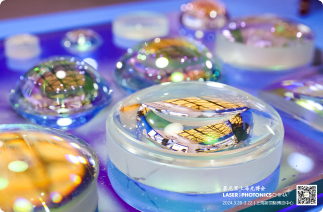
Optical Metrology and Quality Assurance
Imaging technology, as a core method in optical inspection, is redefining the quality standards of modern industry. In automated manufacturing, continuous inspection technology based on image acquisition and machine vision has completely replaced traditional sampling inspection, delivering exceptional accuracy and efficiency. This advancement provides a robust assurance of product quality. Moreover, this technological innovation not only meets the rigorous requirements of modern precision manufacturing for high accuracy and efficiency but also addresses numerous bottlenecks in traditional inspection methods.

Infrared Technology and Application Area
Infrared technology is extensively utilized in the military sector, serving as a crucial component of modern high-tech weaponry and equipment. With the rapid advancement of the global infrared industry, this technology has also experienced remarkable growth in the civilian market. In industries such as energy, construction, law enforcement, firefighting, and vehicle-mounted systems, infrared technology is playing a key role in enhancing efficiency and safety across various applications, demonstrating significant potential for broader adoption.
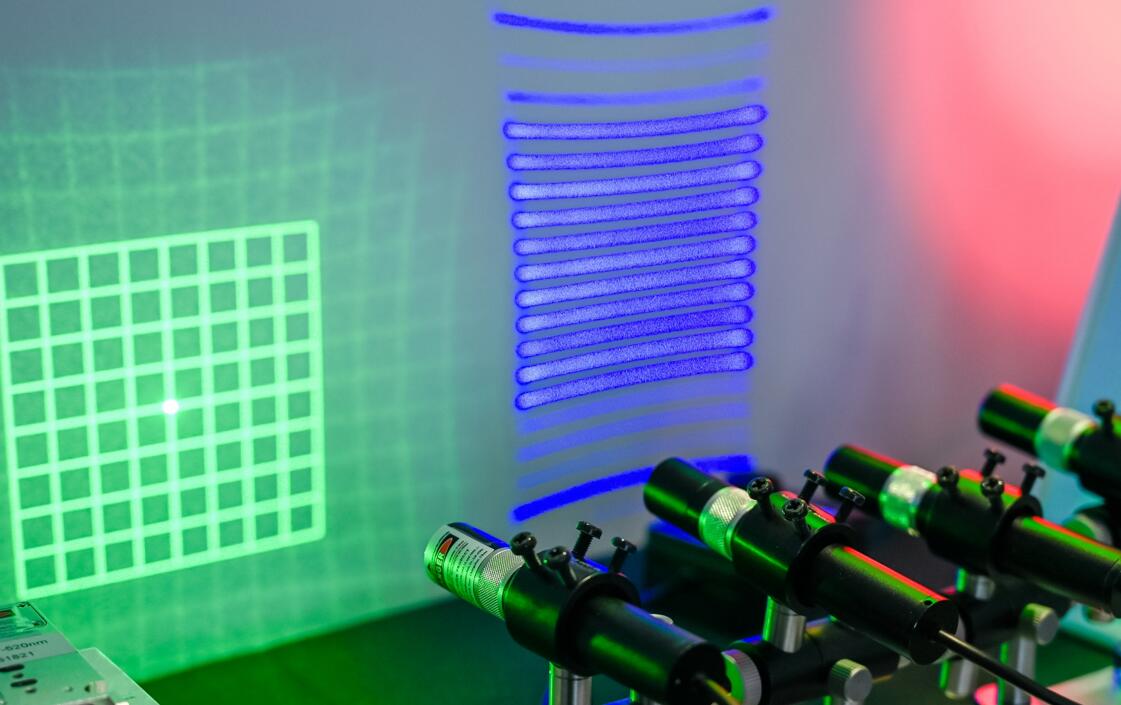
Biomedical Photonics Zone
As life sciences delve deeper into microscopic observation and clinical diagnosis and treatment advance toward precision medicine, the core supporting role of photonics technology in the biomedical field will become increasingly prominent. The photonic analysis of biological information at different levels and cross-scenario application synergy will inevitably become a key direction. The Biomedical Photonics Zone anchors the core track of photonic technology and medical applications, focuses on biological imaging, precise optical therapy modulation and other fields, integrates medical-engineering research and application resources, strives to break through bottlenecks in in vivo photon detection and miniaturized diagnostic and therapeutic devices, and facilitates innovative development in this field.

Integrated Photonics and Optical Communication Zone
With the advancements in big data and AI (artificial intelligence), the significance of data centers will grow, making information transfer between data centers a crucial concern, as exemplified by the "East Data, West Computing" Project. The Integrated Photonics and Optical Communication Zone targets the core sectors of optical communications and chips, prioritizing areas such as integrated photonics and optical interconnection systems. By uniting industry, academia, and research resources, it endeavors to address challenges like chip and optical path co-design and high-density integrated packaging, thereby bolstering the nation's status as a significant force in the global integrated photonics and optical communication connectivity arena.
